
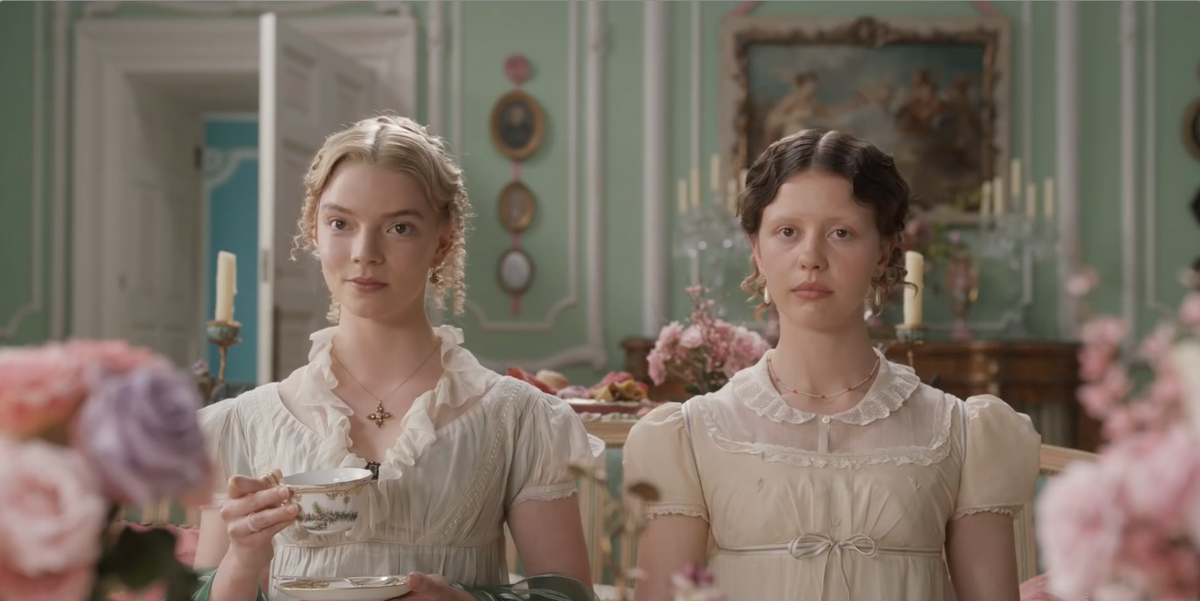
Designing sets for period dramas is an intricate process that involves careful attention to historical detail as well as a strong creative vision. The film location choice is everything, and each historical backdrop needs to serve as a canvas for bringing the past to life.
Unfortunately, nothing takes you out of a film faster than poor set design, and many films that take place before the 21st Century require drastic set transformations to be truly convincing.
But the challenge can also be hugely rewarding. By collaborating closely with production designers and set decorators, every detail of a period film set can be carefully curated to transport audiences seamlessly back in time.
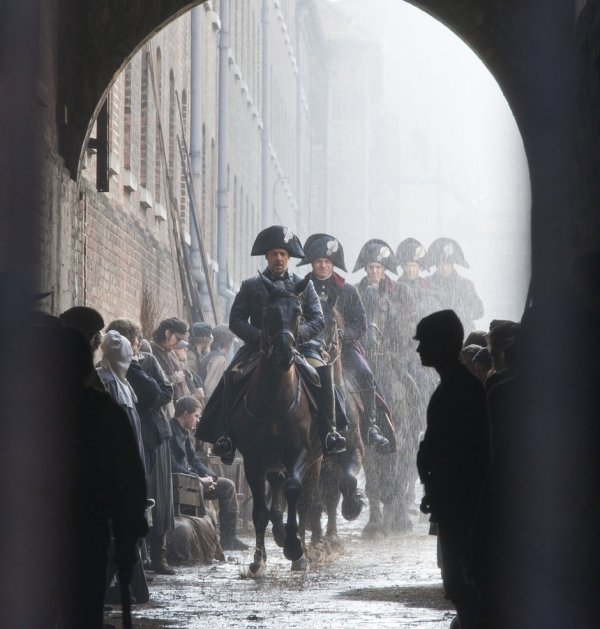
Finding film locations for period films and TV shows requires a blend of historical research, creativity, and logistical considerations. Here's a step-by-step guide to help you scout period film locations effectively:
1. Research the period
First, you need a solid understanding of the period your film or show is set in. Research the architecture, landscapes, and cultural elements of that era to ensure you can select locations confidently. You can utilise historical books, photographs, paintings, and documents to get a visual reference of the period. Historical societies, museums, and archives can also provide valuable information for your time period.
2. Identify key settings
Organise your search by determining all the key locations required in the screenplay, for example, city or town views, streets, countryside settings, interiors of houses and other buildings, and specific landmarks.
3. Location scouting team
Form your location scouting team which will cover the roles of location management, scouting, and research. Your team should understand the period's aesthetics and utilise this information to find suitable locations.
4. Budget considerations
Keep your budget in mind while scouting locations. Hire fees will vary depending on where the set is located (for example rural vs city), the size of the space, the equipment and services included and the hire duration.
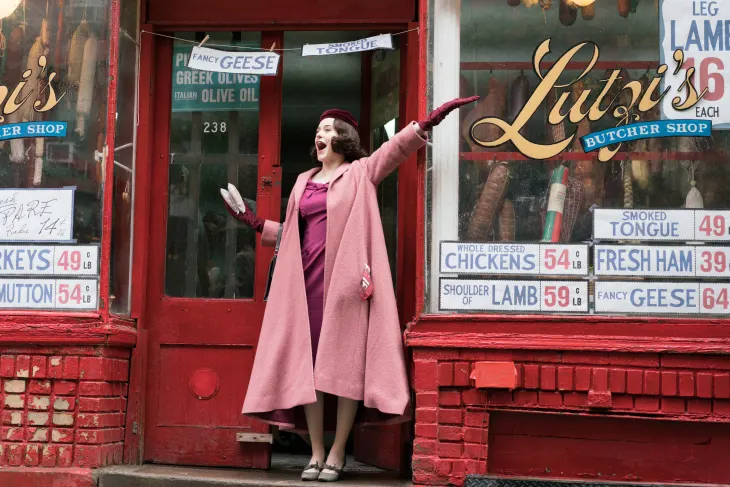
5. Scout locally and globally
Start by scouting historical locations locally, as you might find suitable period architecture or landscapes nearby. However, if your budget allows then don't limit yourself geographically, consider travelling to find the perfect setting if necessary. If it isn't practical to scout a potential overseas location in person, try virtual location scouting with Google Earth.
6. Document and assess locations
Take detailed photographs and notes of potential period film locations to assess their suitability. Consider factors such as lighting, angles, and potential challenges during filming.
7. Consider replication vs. authenticity
Sometimes, finding an existing location that perfectly matches the period may be challenging. In such cases, you could also consider replicating the setting in a studio or using visual effects in post-production.
8. Practical considerations
Evaluate the logistical challenges of the film location such as vehicle accessibility, parking, electricity sources and accommodation for the cast and crew. If your film location is outdoors, read our guide to dealing with weather on film shoots. If you're working in a remote location, consider hiring mobile welfare units. You'll also need to research and obtain the necessary permits and filming permission for each location, even if they are public outdoor spaces.
9. Location recces
Conduct location recces with your production team to familiarise everyone with the chosen locations and plan the shooting schedule accordingly.
SuperScout is your own private location library – upload locations in minutes, tag them with ai in seconds, then search and share with your team
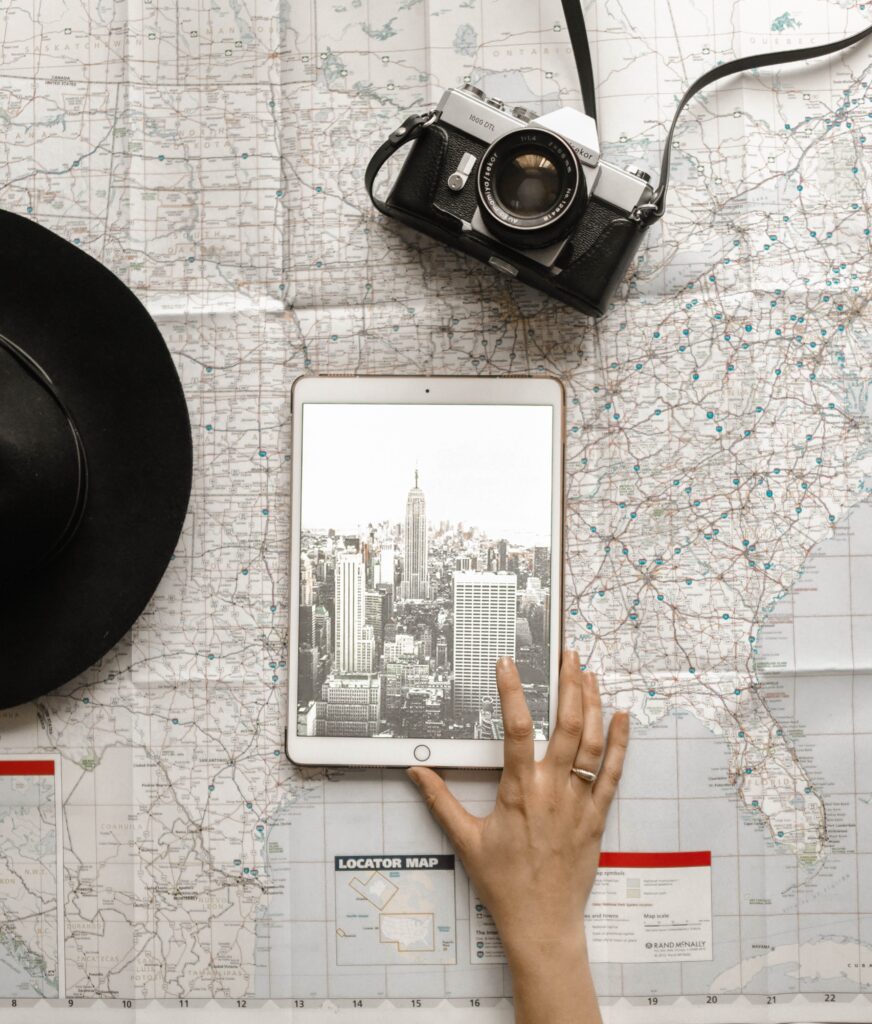
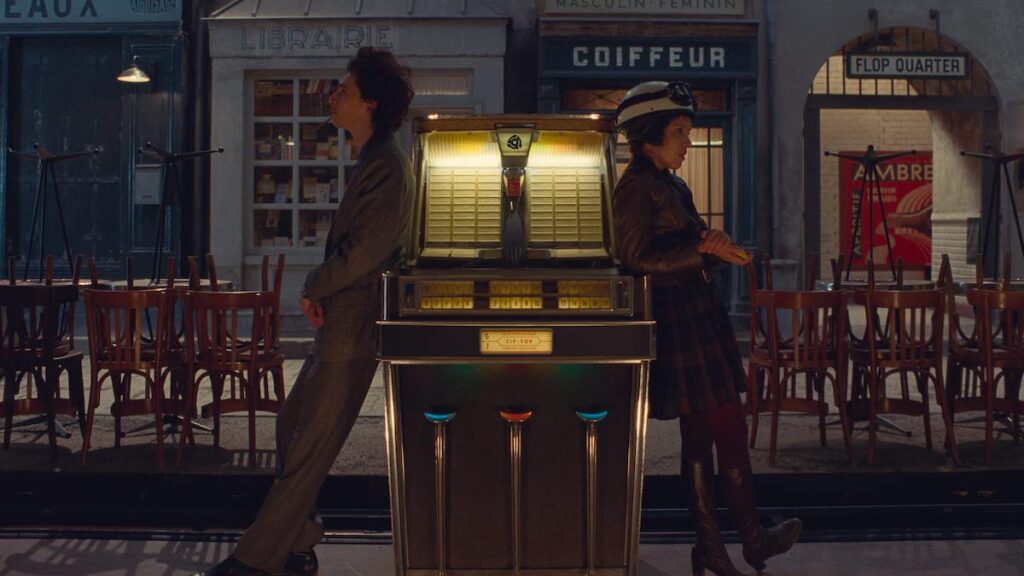
Start your search by seeking out streets with architectural elements that can be adapted to evoke the desired time period. Consider streets with historical features like traditional building facades, cobblestone streets, and monuments that reflect the historical setting.
Once you’ve found a suitable street location, the next step is to obtain filming permissions from local authorities to film there. Figuring out how to gain filming permission can be confusing, so much sure to read our guide on how to get filming permission in London.
Local authorities will be able to advise you on implementing traffic control measures to facilitate filming and ensure the safety of the cast, crew, and pedestrians. This may involve temporary road closures, traffic diversions, and coordination with police and transport authorities.
When transforming a city street, you need to find ways to add historical details as well as hide the elements that don’t belong in your desired era. Here are just a few ideas:
It's vital to maintain continuity across multiple filming sessions so make sure to document and take pictures of set layouts, props, and dressing details. Keep a database to track changes made to the location to ensure you remain consistent throughout the filming process.
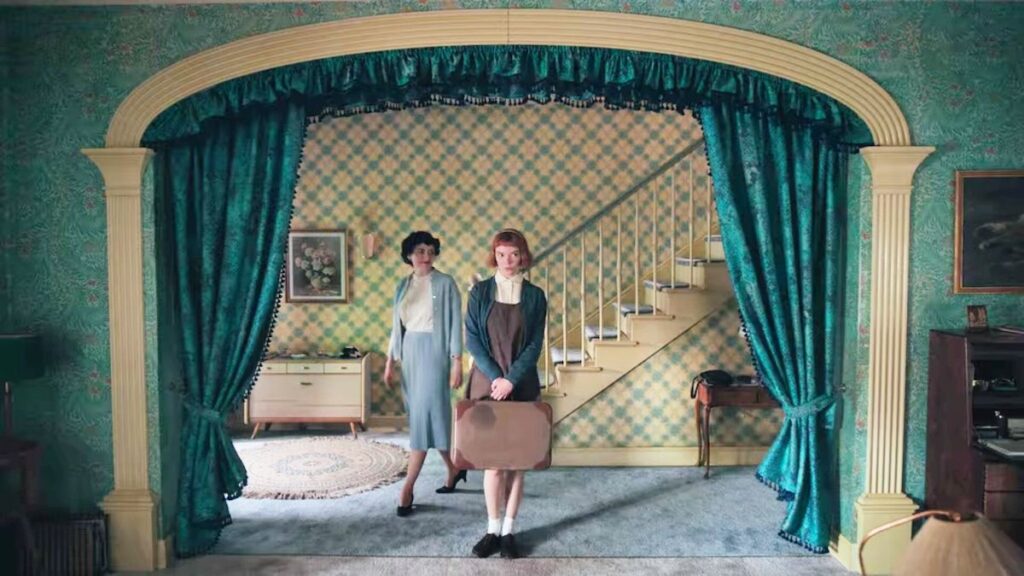
The first step is to create a shortlist of houses or properties that have the right architectural elements and layout required of the period. Pay attention to details such as wall treatments, flooring, lighting fixtures, and furnishings.
For inspiring Regency-era UK filming locations, check out our list of Bridgerton top filming locations across England.
You may need to source multiple locations for different aspects of a home to get the overall look you want, for example, using one property for the exterior shots, and a different interior location.
Aside from the visual aesthetics, it's also vital to confirm the property meets safety standards and practical filming needs. Consider factors such as access for the cast and crew, space for camera equipment, and emergency exits.
Once you've selected your locations, you'll need to problem solve ways to conceal modern elements that clash with the period setting. This could involve removing or covering modern appliances like ovens, hiding power sockets, removing contemporary furnishings, and concealing modern lighting fixtures.
This will require close collaboration with the production design team, including set decorators, prop masters, and art directors, to ensure the sets are consistent and cohesive.
Now the team can get creative, decorating the house with period-appropriate furniture, decor, and props that reflect the style of the chosen era, and potentially even adding architectural details such as mouldings or panelling.
Pay close attention to the details, for example the quality of materials can make all the difference to the richness and authenticity of the scene.
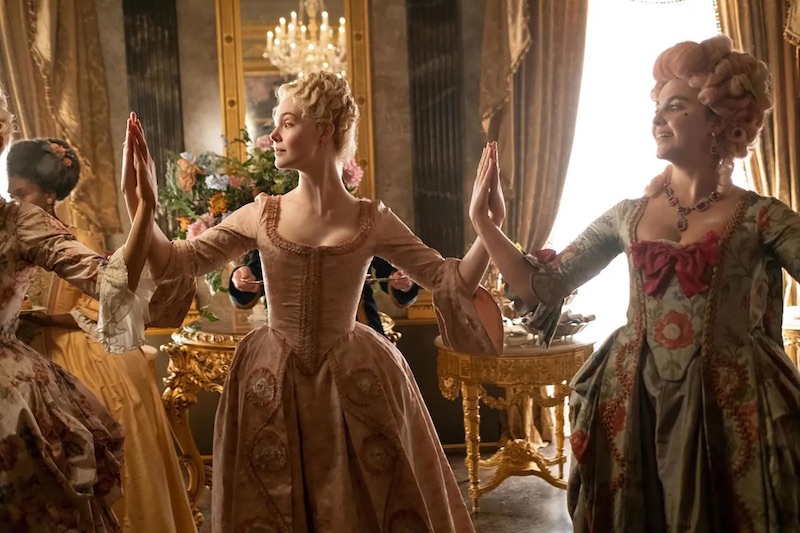
Lighting choices are also just as important because they can instantly change the setting's mood. There are a few factors to consider such as the warmth of light, fixture design, and placement that enhances the period feel.
One way to stay true to the period is by using only candlelight to light the set. Although this provides less lighting control, it can also pay off visually. For example, Robert Egger's The Witch succesfully used natural lighting and candlelight to evoke the bleak ambience of puritan life in the 1600's.
Once the set design is complete, conduct test shoots to evaluate how well it captures the desired period look on camera. The team may need to make further adjustments to lighting, set dressing, or layout based on feedback from the director and cinematographer.
By following these steps and collaborating closely with your production team, you can effectively transform public spaces, streets and interiors for period films into immersive cinematic experiences.
Transforming period film locations requires a team effort and a combination of historical research, craftsmanship, and cinematic artistry. It's a challenging but rewarding task, and you'll be proud when you then see how these transformed locations breathe life into stories of the past and capture the imagination of viewers.
SuperScout is your own private location library – upload locations in minutes, tag them with ai in seconds, then search and share with your team

